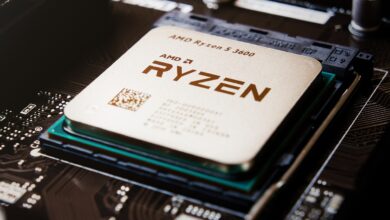5G EXPANSION:THE FUTURE OF CONNECTIVITY

5G Expansion: Revolutionizing Global Connectivity
The fifth generation of wireless technology continues its remarkable expansion, transforming how we connect, communicate, and conduct business. With approximately 320 networks launched worldwide and global population coverage expected to reach 55% by the end of 2024, 5G is rapidly becoming the backbone of our digital future.
Global Deployment Progress
North American service providers have achieved substantial coverage, with mid-band reaching around 85% population coverage. India has made remarkable strides, achieving over 90% population coverage through large-scale mid-band deployments. Meanwhile, Europe faces unique challenges, with a disparity between total 5G population coverage at 70% and mid-band coverage at 30%.
Economic Impact
The implementation of 5G is driving substantial economic transformation:
Global GDP contribution projected to reach $1.3 trillion by 2030
Healthcare applications expected to contribute $530 billion
Smart utilities management adding $330 billion
Manufacturing sector benefits projected at $740 billion
Technical Capabilities
Speed and Performance
Data speeds up to 20 gigabits per second
Latency reduced to 1-10 milliseconds
Capacity to support one million devices per square kilometer
Network Architecture
Network slicing for optimized service delivery
Enhanced security protocols
Advanced MIMO capabilities
Improved energy efficiency
Industry Transformation
Healthcare Revolution
Remote patient monitoring
Real-time telemedicine
Connected hospital systems
Precision medicine delivery
Smart Cities Development
Enhanced traffic management
Improved public safety systems
Smart utility operations
Environmental monitoring capabilities
Implementation Challenges
Infrastructure Requirements
Substantial investment in new equipment and small cells
Need for dense network deployment in urban areas
Fiber optic backbone installation
Technical Barriers
Complex integration with legacy systems
Security concerns requiring robust protection measures
Interoperability challenges
Future Outlook
By 2025, the 5G landscape will see several key developments:
Network Evolution
Global 5G connections projected to reach 3 billion
Monthly global mobile data usage expected to reach 47.9 GB per connection
Implementation of 5G-Advanced with enhanced capabilities
Market Growth
5G devices market expected to reach $241.06 billion by 2025
5G technologies market projected to grow to $45.54 billion
Over 270 5G networks expected to be deployed globally
Environmental and Sustainability Impact
5G technology is playing a crucial role in environmental sustainability through:
Smart grid optimization
Reduced energy consumption
Improved resource management
Enhanced environmental monitoring capabilities
Security Considerations
The expansion of 5G networks necessitates enhanced security measures:
Advanced encryption protocols
Improved authentication systems
Robust data protection frameworks
Comprehensive cybersecurity strategies
The future of 5G connectivity represents a paradigm shift in how we interact with technology and each other. As networks continue to expand and evolve, we can expect increasingly sophisticated applications and services that leverage 5G’s unique capabilities. The technology’s impact will extend far beyond faster mobile internet, enabling new business models, improving public services, and fostering innovation across industries.
Success in this new era will require continued investment in infrastructure, collaborative approaches to solving technical challenges, and careful attention to security and privacy concerns. As we move toward 2025 and beyond, 5G will increasingly become the foundation for digital transformation, supporting everything from autonomous vehicles to smart cities and industrial automation.
The journey toward universal 5G coverage continues, with each advancement bringing us closer to a more connected, efficient, and innovative future. The technology’s true potential will be realized through the combined efforts of network operators, technology providers, regulators, and end-users working together to overcome challenges and capitalize on opportunities.



